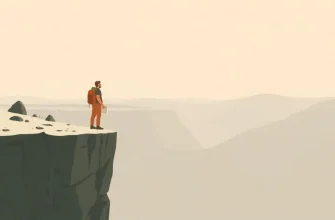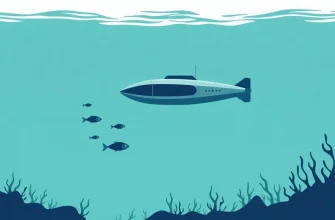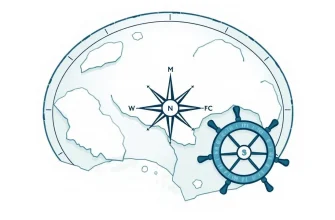Embark on a cinematic journey through the cosmos, the depths of the ocean, and the mysteries of Earth with these ten adventure films. Each one showcases the spirit of exploration and the thrill of scientific discovery, making them perfect for those who love a blend of action, intrigue, and intellectual stimulation. Whether you're a science enthusiast or just in for the ride, these films offer a unique blend of adventure and education.
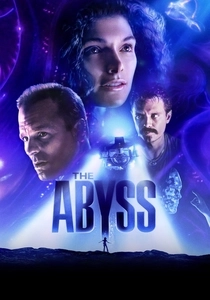
The Abyss (1989)
Description: A deep-sea diving team encounters an alien intelligence during a rescue mission. This film combines underwater adventure with the mystery of first contact, showcasing the wonders and dangers of the deep sea.
Fact: The film was shot in an actual underwater environment, requiring the cast and crew to undergo extensive diving training. James Cameron nearly drowned during the filming.
 Watch Now
Watch Now 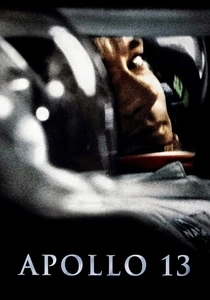
Apollo 13 (1995)
Description: This film recounts the harrowing true story of the Apollo 13 lunar mission, where astronauts must overcome life-threatening challenges to return to Earth. It's a gripping tale of human resilience and scientific problem-solving.
Fact: The film's accuracy was praised by NASA, and it was used as a training tool for astronauts. The real Jim Lovell, the mission's commander, made a cameo appearance.
 Watch Now
Watch Now 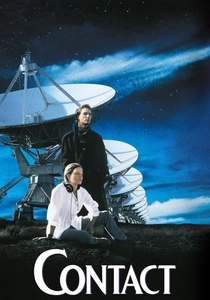
Contact (1997)
Description: Dr. Ellie Arroway's quest to find extraterrestrial intelligence leads to a groundbreaking discovery. This film explores the intersection of science, faith, and the human desire to connect with the universe.
Fact: The film was inspired by Carl Sagan's novel, and he himself made a cameo appearance. The movie's depiction of the SETI project was praised for its accuracy.
 Watch Now
Watch Now 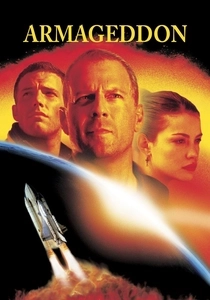
Armageddon (1998)
Description: A team of oil drillers is sent into space to destroy an asteroid headed for Earth. While more action-oriented, the film's core involves a scientific mission to save the planet.
Fact: The film's premise was inspired by real-life asteroid threats, and NASA consulted on the film to ensure some level of scientific accuracy.
 Watch Now
Watch Now 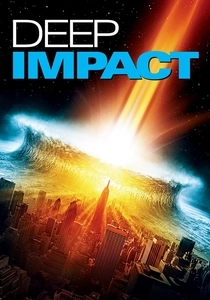
Deep Impact (1998)
Description: A comet is on a collision course with Earth, and humanity's response involves a daring space mission. This film blends personal drama with the scientific efforts to avert a global catastrophe.
Fact: The film's comet was named after the director's daughter, and the movie was one of the first to depict a realistic portrayal of a comet strike.
 Watch Now
Watch Now 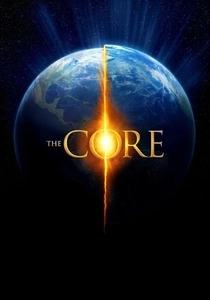
The Core (2003)
Description: Scientists embark on a mission to restart Earth's core when it stops spinning, threatening global destruction. This film explores the theoretical and adventurous aspects of geophysics.
Fact: The film's concept was based on real scientific theories about the Earth's core, though the execution was more fantastical. It was one of the first films to use digital effects for such an extensive underground setting.
 Watch Now
Watch Now 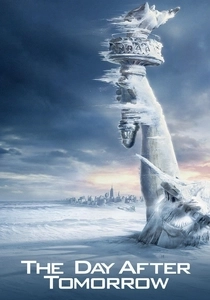
The Day After Tomorrow (2004)
Description: A paleoclimatologist must navigate a world thrown into chaos by sudden climate change. While not strictly a scientific mission, the film's premise involves scientists racing against time to understand and mitigate the effects of a new ice age.
Fact: The film's depiction of weather phenomena was based on real scientific theories, though dramatized for cinematic effect. It sparked discussions on climate change.
 Watch Now
Watch Now 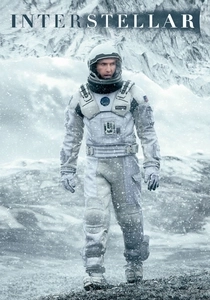
Interstellar (2014)
Description: A team of astronauts travel through a wormhole in search of a new home for humanity. This epic adventure delves into the complexities of space-time and the emotional bonds that drive human exploration.
Fact: The film's scientific accuracy was overseen by physicist Kip Thorne, who also contributed to the development of the film's plot. The visual effects team won an Oscar for their work.
 Watch Now
Watch Now 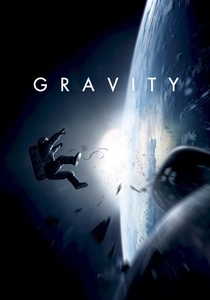
Gravity (2013)
Description: An astronaut must survive in space after a disaster destroys her shuttle. This film is a visual and emotional journey through the harsh realities of space exploration and survival.
Fact: The film was shot in a way to simulate zero gravity, with Sandra Bullock and George Clooney often suspended in harnesses. The movie's use of silence in space was scientifically accurate.
 Watch Now
Watch Now 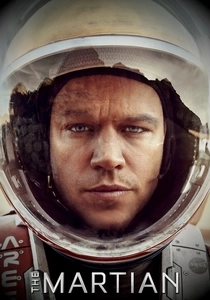
The Martian (2015)
Description: Stranded on Mars, astronaut Mark Watney must use his scientific knowledge to survive. This film is a testament to human ingenuity and the will to live, making it a quintessential adventure in scientific exploration.
Fact: The film's depiction of Mars was so accurate that NASA used some of the movie's visuals for educational purposes. Also, the potatoes grown by Watney were real, grown in a simulated Martian soil.
 Watch Now
Watch Now 





